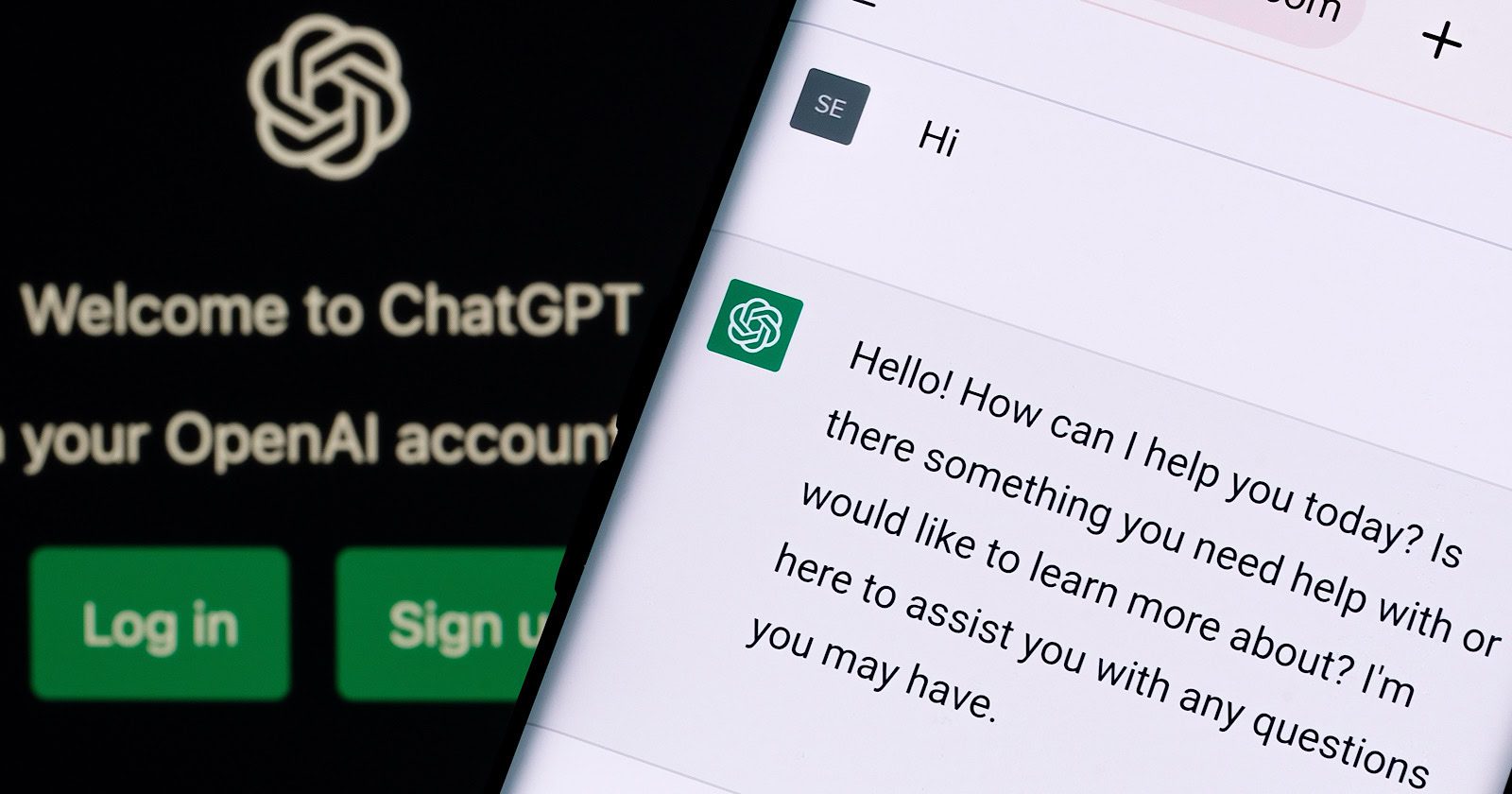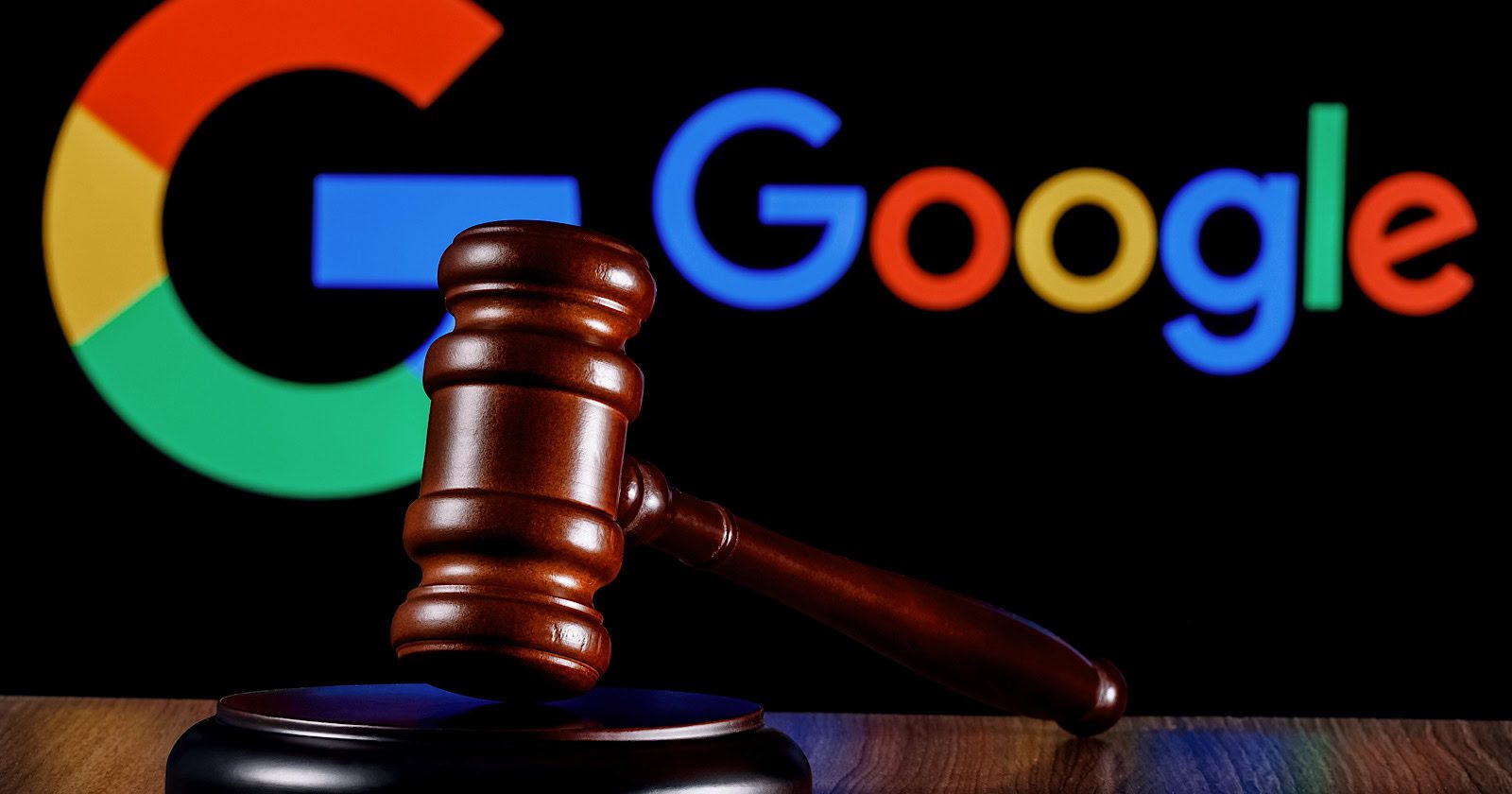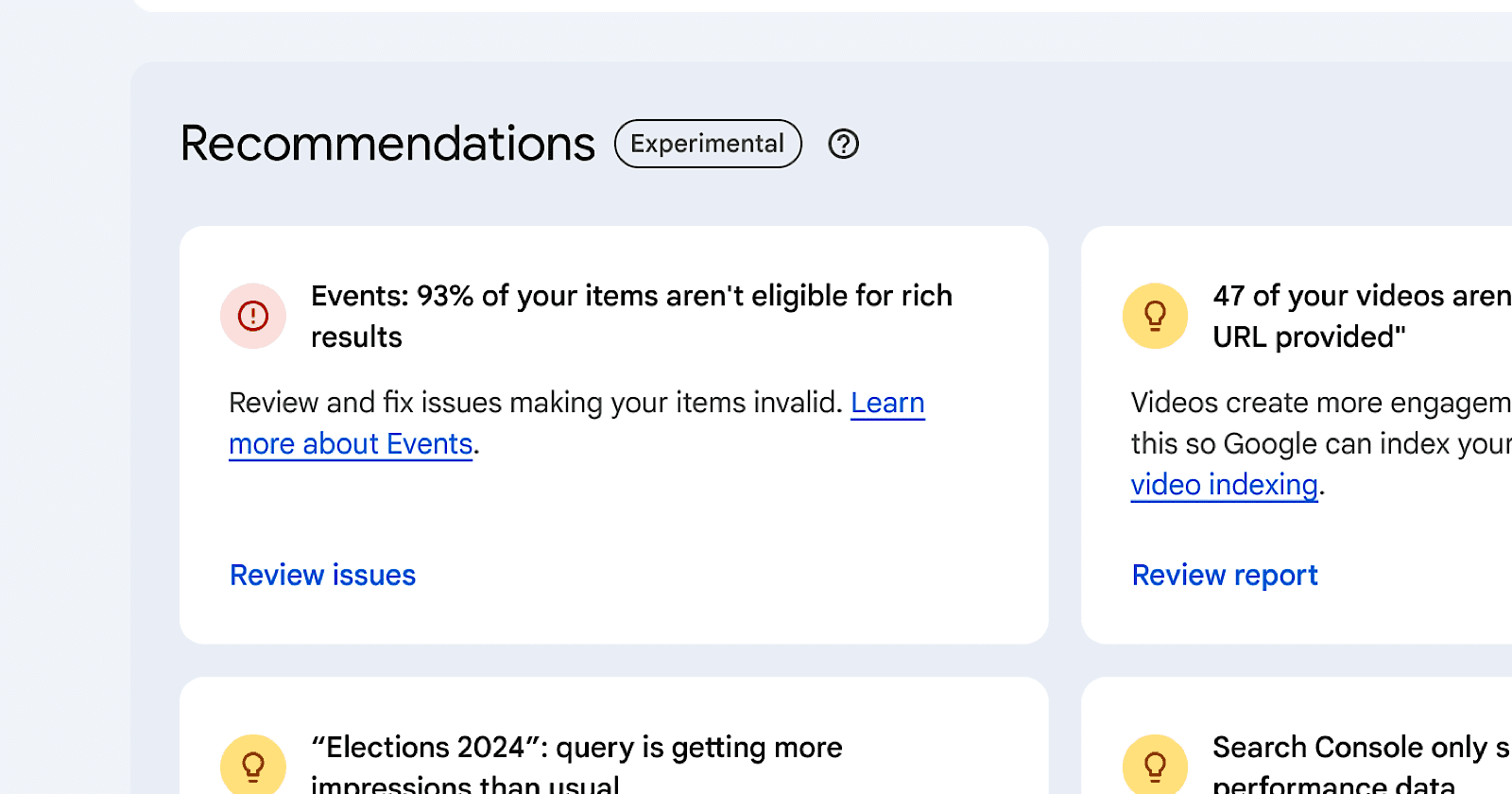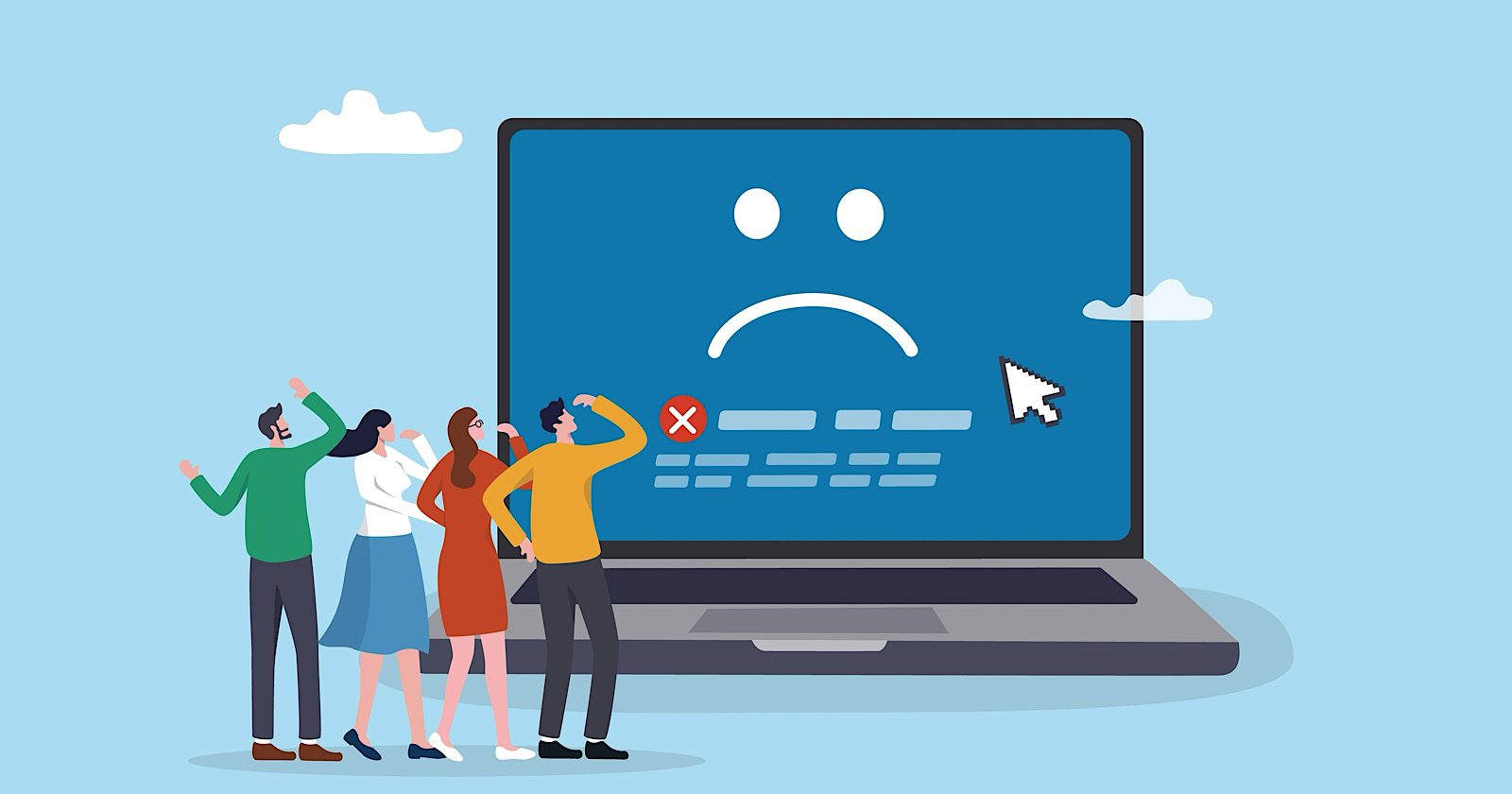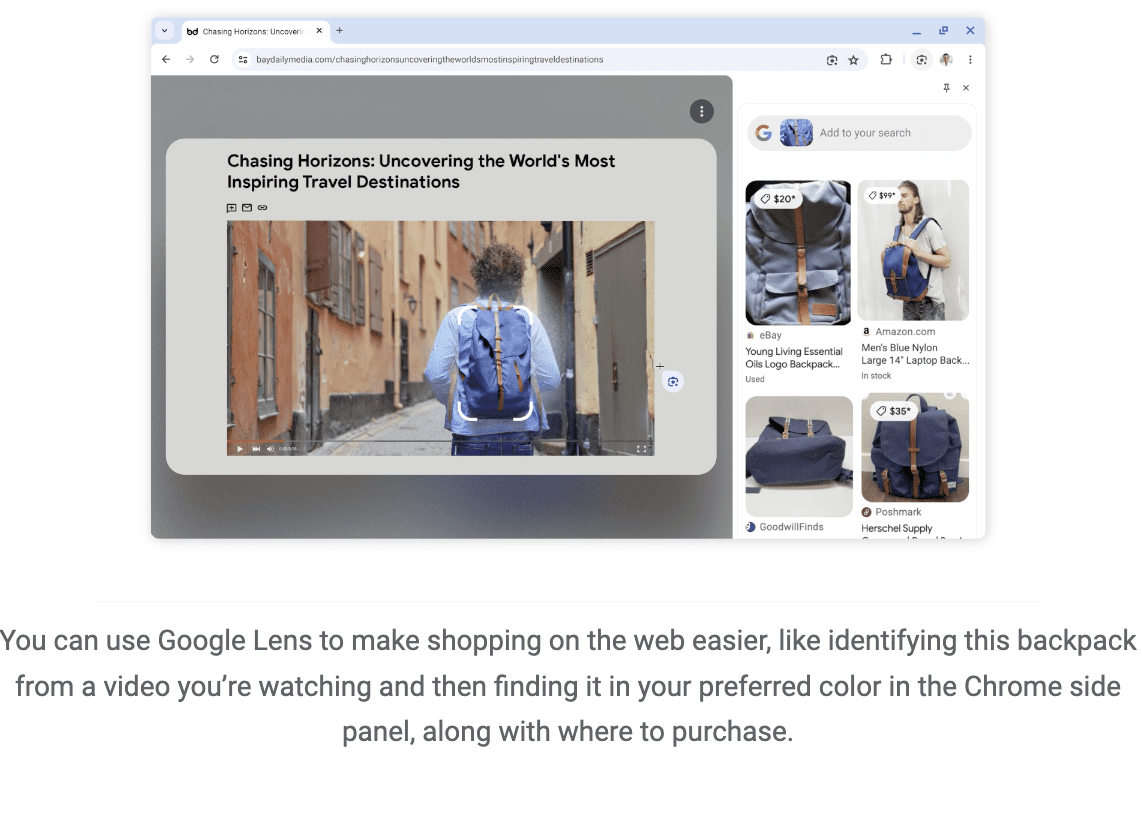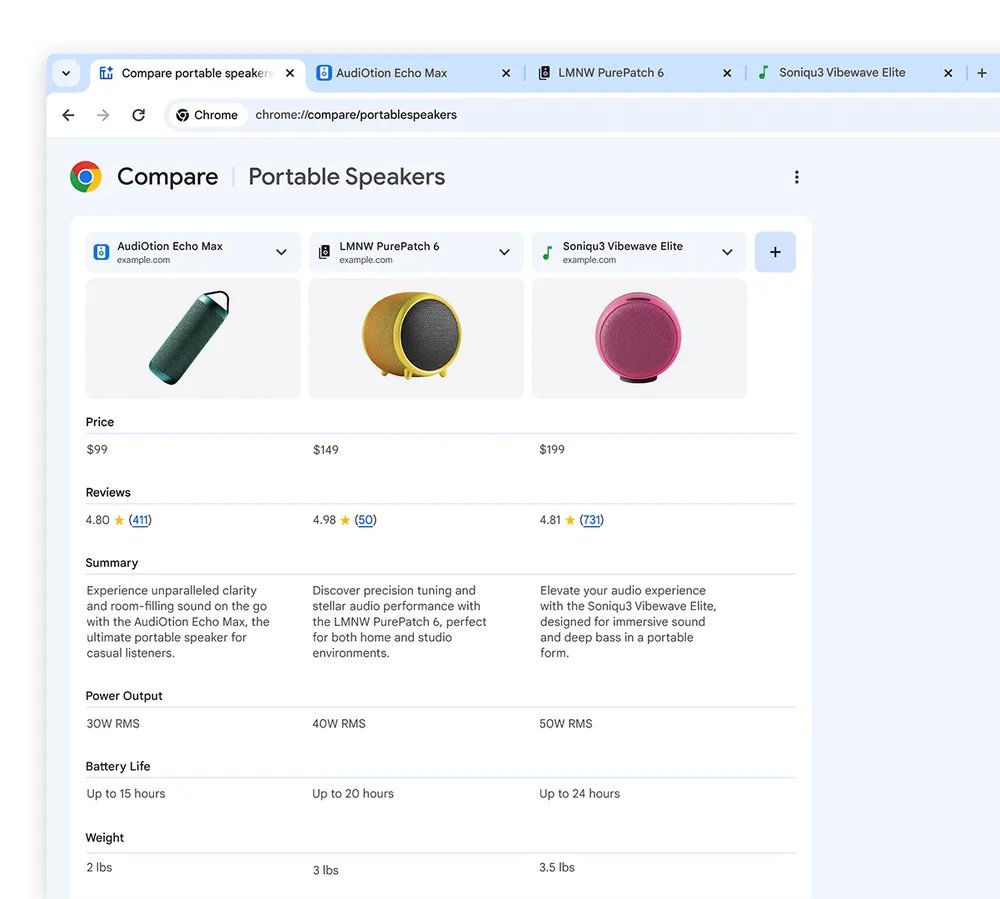Google published a video that disclosed five insights about Google Trends that could be helpful for SEO, topic research and debugging issues with search rankings. The video was hosted by Daniel Waisberg, a Search Advocate at Google.
1. What Does Google Trends Offer?
Google Trends is an official tool created by Google that shows a representation of how often people search with certain keyword phrases and how those searches have changed over time. It’s not only helpful for discovering time-based changes in search queries but it also segments queries by geographic popularity which is useful for learning who to focus content for (or even to learn what geographic areas may be best to get links from).
This kind of information is invaluable for debugging why a site may have issues with organic traffic as it can show seasonal and consumer trends.
2. Google Trends Only Uses A Sample Of Data
An important fact about Google Trends that Waisberg shared is that the data that Google Trends reports on is based on a statistically significant but random sample of actual search queries.
He said:
“Google Trends is a tool that provides a random sample of aggregated, anonymized and categorized Google searches.”
This does not mean that the data is less accurate. The phrase statistically significant means that the data is representative of the actual search queries.
The reason Google uses a sample is that they have an enormous amount of data and it’s simply faster to work with samples that are representative of actual trends.
3. Google Cleans Noise In The Trends Data
Daniel Waisberg also said that Google cleans the data to remove noise and data that relates to user privacy.
“The search query data is processed to remove noise in the data and also to remove anything that might compromise a user’s privacy.”
An example of private data that is removed is the full names of people. An example of “noise” in the data are search queries made by the same person over and over, using the example of a trivial search for how to boil eggs that a person makes every morning.
That last one, about people repeating a search query is interesting because back in the early days of SEO, before Google Trends existed, SEOs used a public keyword volume tool by Overture (owned by Yahoo). Some SEOs poisoned the data by making thousands of searches for keyword phrases that were rarely queried by users, inflating the query volume, so that competitors would focus on optimizing on the useless keywords.
4. Google Normalizes Google Trends Data?
Google doesn’t show actual search query volume like a million queries per day for one query and 200,000 queries per day for another. Instead Google will select the point where a keyword phrase is searched the most and use that as the 100% mark and then adjust the Google Trends graph to percentages that are relative to that high point. So if the most searches a query gets in a day is 1 million, then a day in which it gets searched 500,000 times will be represented on the graph as 50%. This is what it means that Google Trends data is normalized.
5. Explore Search Queries And Topics
SEOs have focused on optimizing for keywords for over 25 years. But Google has long moved beyond keywords and has been labeling documents by the topics and even by queries they are relevant to (which also relates more to topics than keywords).
That’s why in my opinion one of the most useful offerings is the ability to explore the topic that’s related to the entity of the search query. Exploring the topic shows the query volume of all the related keywords.
The “explore by topic” tool arguably offers a more accurate idea of how popular a topic is, which is important because Google’s algorithms, machine learning systems, and AI models create representations of content at the sentence, paragraph and document level, representations that correspond to topics. I believe that’s what is one of the things referred to when Googlers talk about Core Topicality Systems.
Waisberg explained:
“Now, back to the Explore page. You’ll notice that, sometimes, in addition to a search term, you get an option to choose a topic. For example, when you type “cappuccino,” you can choose either the search term exactly matching “cappuccino” or the “cappuccino coffee drink” topic, which is the group of search terms that relate to that entity. These will include the exact term as well as misspellings. The topic also includes acronyms, and it covers all languages, which can be very useful, especially when looking at global data.
Using topics, you also avoid including terms that are unrelated to your interests. For example, if you’re looking at the trends for the company Alphabet, you might want to choose the Alphabet Inc company topic. If you just type “alphabet,” the trends will also include a lot of other meanings, as you can see in this example.”
The Big Picture
One of the interesting facts revealed in this video is that Google isn’t showing normalized actual search trends, that it’s showing a normalized “statistically significant” sample of the actual search trends. A statistically significant sample is one in which random chance is not a factor and thus represents the actual search trends.
The other noteworthy takeaway is the reminder that Google Trends is useful for exploring topics, which in my opinion is far more useful than Google Suggest and People Also Ask (PAA) data.
I have seen evidence that slavish optimization with Google Suggest and PAA data can make a website appear to be optimizing for search engines and not for people, which is something that Google explicitly cautions against. Those who were hit by the recent Google Updates should think hard about the implications of what their SEO practices in relation to keywords.
Exploring and optimizing with topics won’t behind statistical footprints of optimizing for search engines because the authenticity of content based on topics will always shine through.
Watch the Google Trends video:
Intro to Google Trends data
Featured Image by Shutterstock/Luis Molinero
